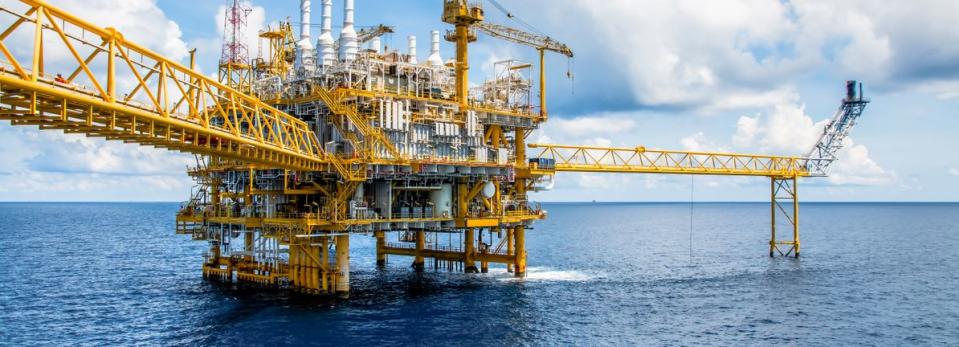Is Fremont Petroleum (ASX:FPL) Using Debt In A Risky Way?

Howard Marks put it nicely when he said that, rather than worrying about share price volatility, 'The possibility of permanent loss is the risk I worry about... and every practical investor I know worries about. It's only natural to consider a company's balance sheet when you examine how risky it is, since debt is often involved when a business collapses. We can see that Fremont Petroleum Corporation Limited (ASX:FPL) does use debt in its business. But the real question is whether this debt is making the company risky.
When Is Debt Dangerous?
Debt and other liabilities become risky for a business when it cannot easily fulfill those obligations, either with free cash flow or by raising capital at an attractive price. In the worst case scenario, a company can go bankrupt if it cannot pay its creditors. However, a more usual (but still expensive) situation is where a company must dilute shareholders at a cheap share price simply to get debt under control. By replacing dilution, though, debt can be an extremely good tool for businesses that need capital to invest in growth at high rates of return. When we think about a company's use of debt, we first look at cash and debt together.
Check out our latest analysis for Fremont Petroleum
How Much Debt Does Fremont Petroleum Carry?
The image below, which you can click on for greater detail, shows that at June 2019 Fremont Petroleum had debt of AU$350.5k, up from AU$332.3k in one year. But on the other hand it also has AU$1.56m in cash, leading to a AU$1.21m net cash position.
How Healthy Is Fremont Petroleum's Balance Sheet?
The latest balance sheet data shows that Fremont Petroleum had liabilities of AU$1.89m due within a year, and liabilities of AU$1.40m falling due after that. Offsetting these obligations, it had cash of AU$1.56m as well as receivables valued at AU$89.6k due within 12 months. So its liabilities outweigh the sum of its cash and (near-term) receivables by AU$1.65m.
Of course, Fremont Petroleum has a market capitalization of AU$13.3m, so these liabilities are probably manageable. However, we do think it is worth keeping an eye on its balance sheet strength, as it may change over time. While it does have liabilities worth noting, Fremont Petroleum also has more cash than debt, so we're pretty confident it can manage its debt safely. The balance sheet is clearly the area to focus on when you are analysing debt. But you can't view debt in total isolation; since Fremont Petroleum will need earnings to service that debt. So if you're keen to discover more about its earnings, it might be worth checking out this graph of its long term earnings trend.
Over 12 months, Fremont Petroleum reported revenue of AU$1.1m, which is a gain of 5.0%, although it did not report any earnings before interest and tax. We usually like to see faster growth from unprofitable companies, but each to their own.
So How Risky Is Fremont Petroleum?
Statistically speaking companies that lose money are riskier than those that make money. And in the last year Fremont Petroleum had negative earnings before interest and tax (EBIT), truth be told. Indeed, in that time it burnt through AU$6.7m of cash and made a loss of AU$2.8m. Given it only has net cash of AU$1.21m, the company may need to raise more capital if it doesn't reach break-even soon. Overall, we'd say the stock is a bit risky, and we're usually very cautious until we see positive free cash flow. When we look at a riskier company, we like to check how their profits (or losses) are trending over time. Today, we're providing readers this interactive graph showing how Fremont Petroleum's profit, revenue, and operating cashflow have changed over the last few years.
If you're interested in investing in businesses that can grow profits without the burden of debt, then check out this free list of growing businesses that have net cash on the balance sheet.
We aim to bring you long-term focused research analysis driven by fundamental data. Note that our analysis may not factor in the latest price-sensitive company announcements or qualitative material.
If you spot an error that warrants correction, please contact the editor at editorial-team@simplywallst.com. This article by Simply Wall St is general in nature. It does not constitute a recommendation to buy or sell any stock, and does not take account of your objectives, or your financial situation. Simply Wall St has no position in the stocks mentioned. Thank you for reading.

 Yahoo Finance
Yahoo Finance 
